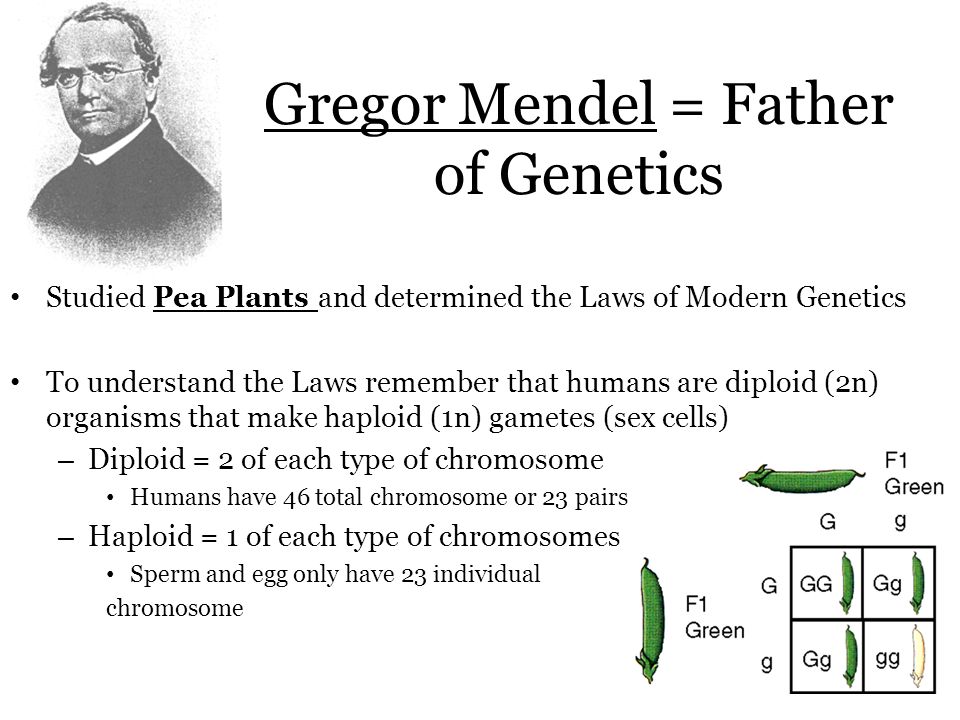(单词翻译:单击)
It was delicate work, requiring them to take the most exacting pains to avoid accidental crossfertilization and to note every slight variation in the growth and appearance of seeds, pods, leaves, stems, and flowers. Mendel knew what he was doing.
这是一项极为细致的工作。为了防止意外受粉,他们必须不厌其烦地记录豌豆种子、豆荚、叶子、茎和花在生长过程中,以及在外表方面极细微的差别。对于他所做的事情的意义,孟德尔知道得很清楚。
He never used the word gene — it wasn't coined until 1913, in an English medical dictionary — though he did invent the terms dominant and recessive. What he established was that every seed contained two "factors" or "elemente," as he called them — a dominant one and a recessive one — and these factors, when combined, produced predictable patterns of inheritance.
他从未用过“基因”这个词——这个词1913年才第一次出现于英国的一本医学词典——虽然发明了“显性的”和“劣性的”这样的概念。他的建树在于他发现每一颗种子都包含两个“遗传因子”或他所谓的“本分”——一个是有时的,另一个是劣势的,这些因子一旦相互组合,就会产生可以预期的遗传形式。
The results he converted into precise mathematical formulae. Altogether Mendel spent eight years on the experiments, then confirmed his results with similar experiments on flowers, corn, and other plants. If anything, Mendel was too scientific in his approach, for when he presented his findings at the February and March meetings of the Natural History Society of Brno in 1865, the audience of about forty listened politely but was conspicuously unmoved, even though the breeding of plants was a matter of great practical interest to many of the members.
他把这种结果转换成了精确的数学公式。孟德尔总共用了8年的时间从事这项研究,接着又在花卉、玉米和其他植物上进行了类似的实验。以检验他的结论的正确性。甚至还不如说,孟德尔的研究方法过于科学。以致当他1865年在布尔诺自然史学会的2月和3月月度会议中宣读他的论文时,大约40个听众很有礼貌地听了他的演讲,可是他们显然无动于衷,即使对他们中的不少人来说,植物的培育实际上是他们极感兴趣的一件事。
When Mendel's report was published, he eagerly sent a copy to the great Swiss botanist Karl-Wilhelm von Nageli, whose support was more or less vital for the theory's prospects.
孟德尔的报告出版以后,他迫不及待地给瑞士伟大的植物学家卡尔·威廉·冯·耐格里寄了一份。


